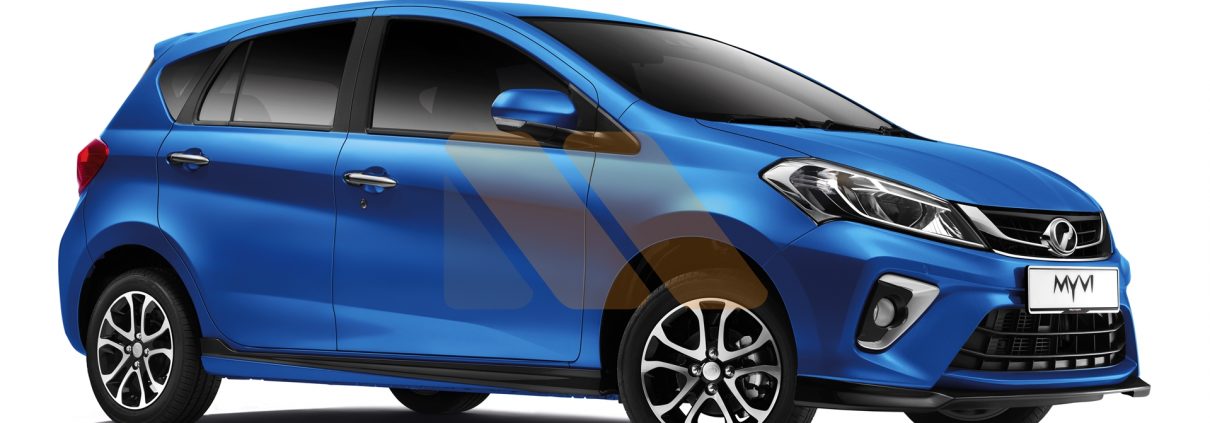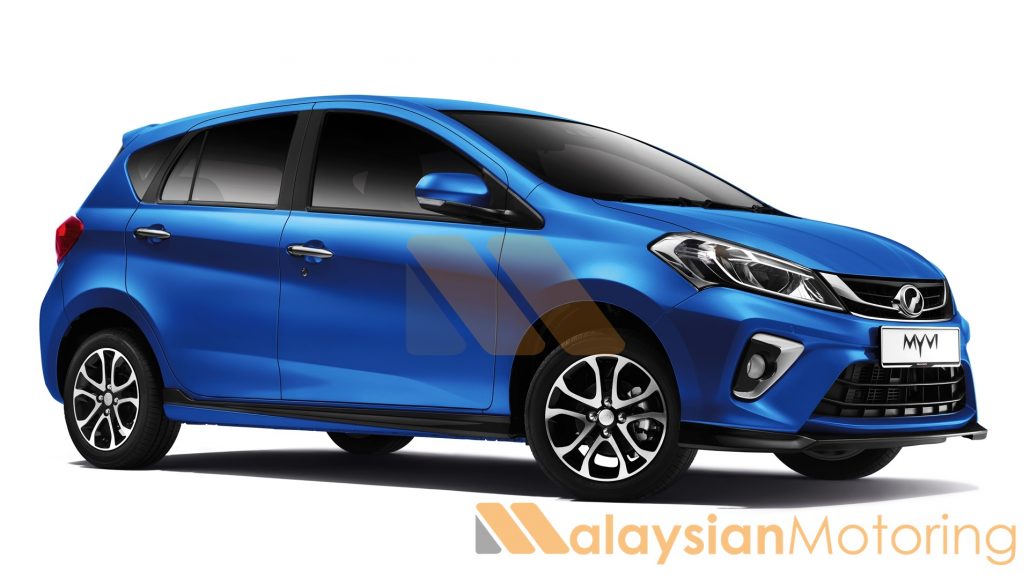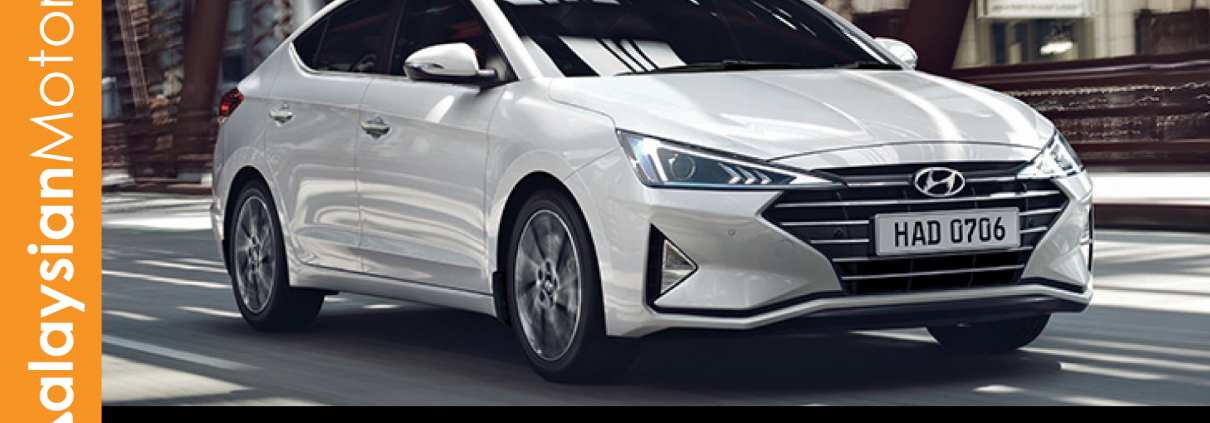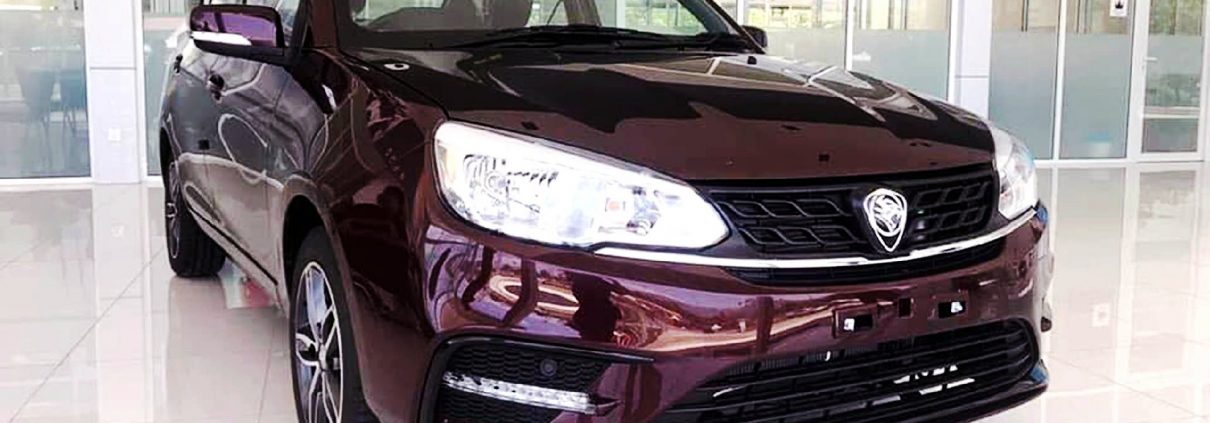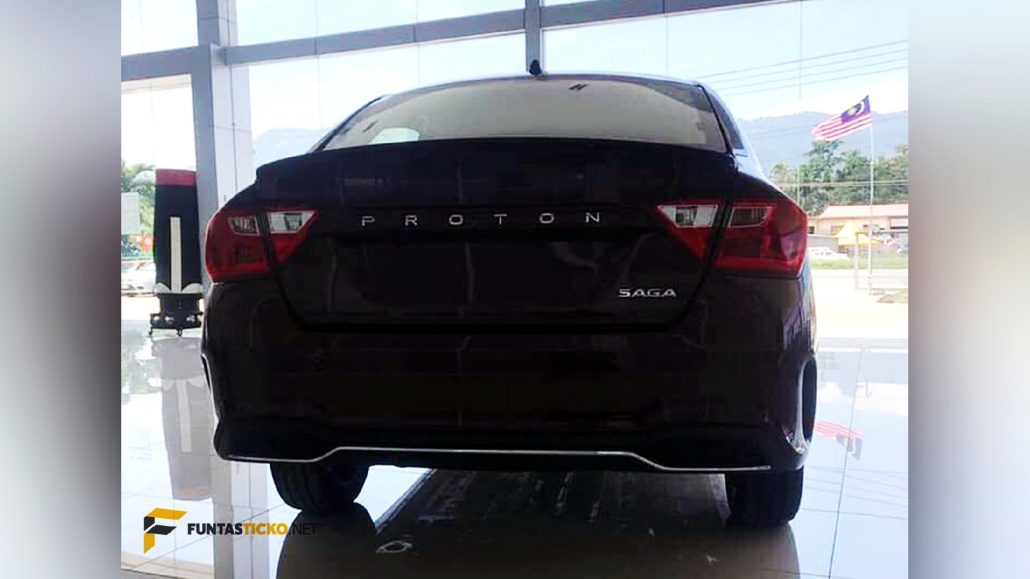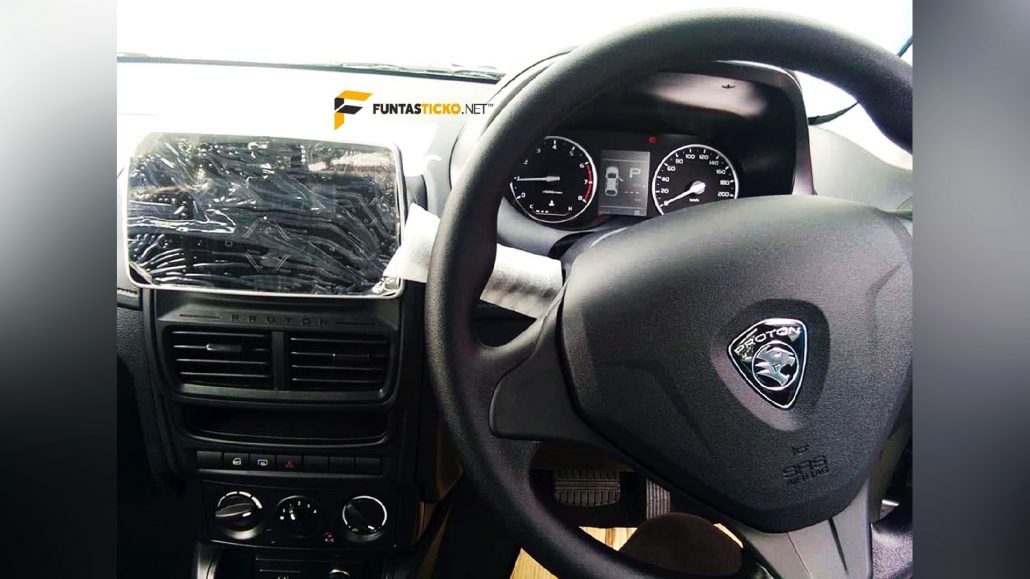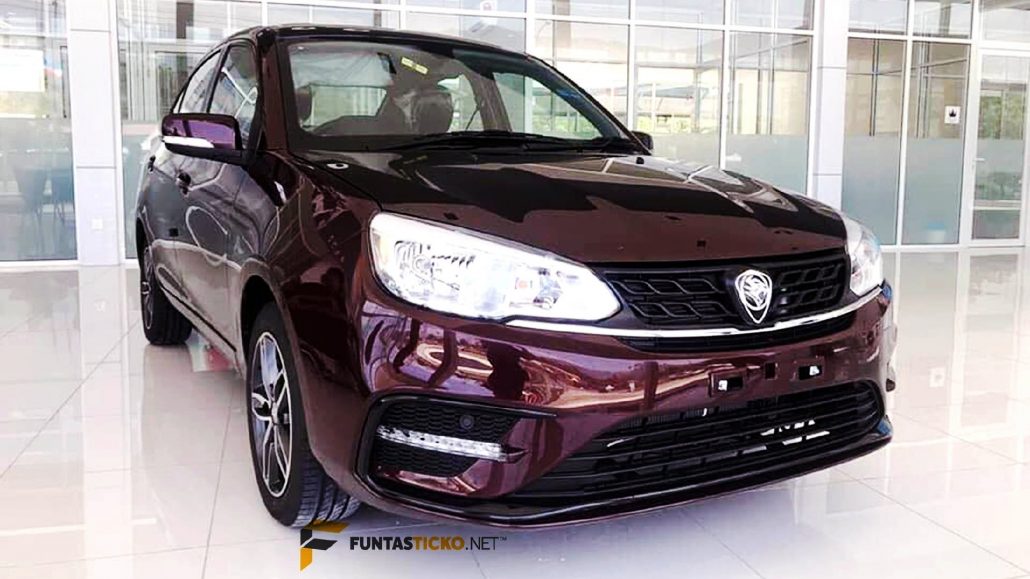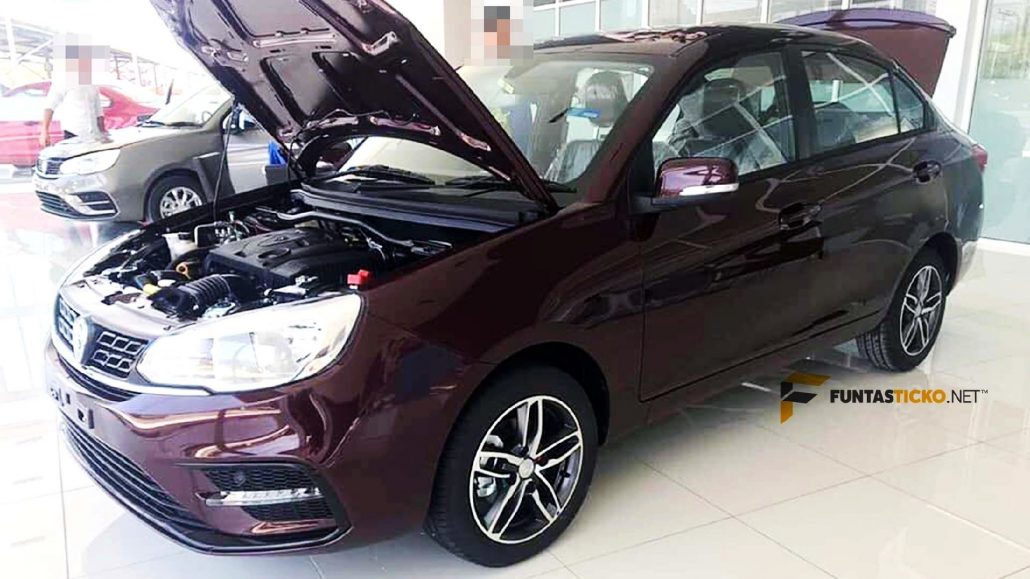2020 Perodua Myvi – ASA 2.0 On More Variants, Now From RM42k
The Malaysian automotive darling that is the Perodua Myvi has received a mild update for 2020, bringing it up to par with its siblings in terms of safety and bumping it a little further in terms of desirability. With an average of 100,000 units sold per-year since its introduction, the Perodua Myvi has long held the title of being Malaysia’s most favoured ride – and now with the 2020 updates, it’s set to retain that honour for a little while longer.
Perodua has updated the Myvi with Advanced Safety Assist 2.0, which debuted first with the flagship Aruz SUV before trickling down into the 2019 Perodua Axia and the 2020 Perodua Bezza. ASA (1.0) first came about when the 3rd generation Myvi was launched back in 2017, and consisted of Pre-Collision Warning & Pre-Collision Braking (up to 30km/h), Front Departure Alert, and Pedal Misoperation Control. With ASA 2.0, the latter two functions remain, but the pre-collision warning & braking are now effective at speeds of up to 100km/h and 80km/h respectively; Additionally, ASA 2.0 now tacks on Pedestrian Detection, at speeds of up to 50km/h.
Also new for 2020 is the ‘Electric Blue’ hue, as seen here, which is available across the range. The favourite ‘Granite Grey’ has now also been made available on all but the 1.3G variants too, allowing more choice for Perodua’s customers
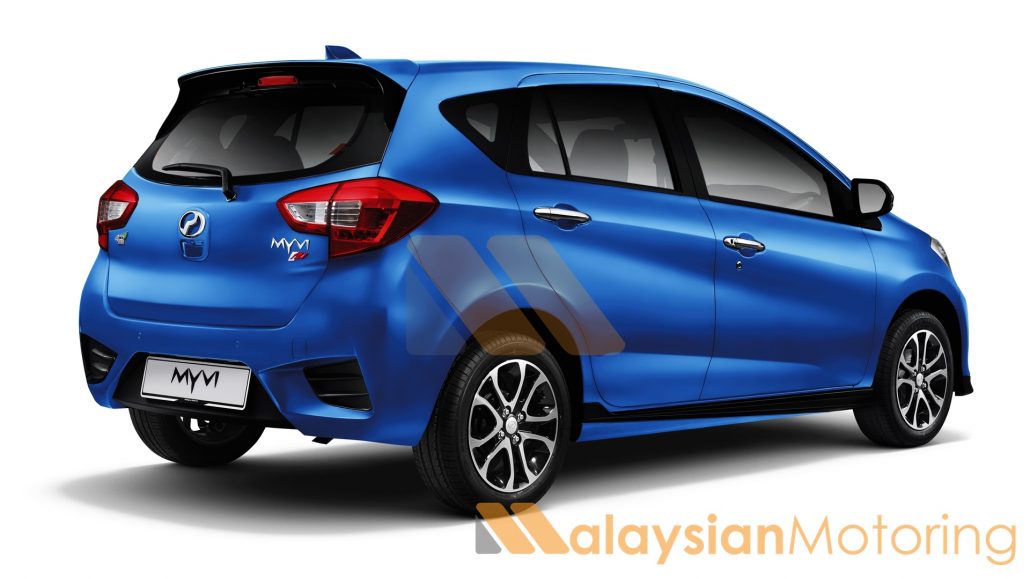
There are no mechanical changes to report with the 2020 Perodua Myvi, which means there’s still an option between a 1.3-litre VVT engine and a 1.5-litre VVT engine, putting out 94hp/121Nm and 102hp/136Nm respectively, mated to a 4-speed automatic on all but the base 1.3G, which gets the option of a 5-speed manual as well.
Speaking of which, the range has been updated a bit here too. The new lineup now reflects the optional ASA 2.0 on the 1.3X variants, as well as its standard fitment on the 1.5H and 1.5AV.
| Variant | Pricing (With Changes, No SST) |
| 2020 Perodua Myvi 1.3G (MT) | RM41,292 (unchanged) |
| 2020 Perodua Myvi 1.3G (AT) | RM43,029 (unchanged) |
| 2020 Perodua Myvi 1.3X (AT) | RM44,959 (unchanged) |
| 2020 Perodua Myvi 1.3X (AT), With ASA 2.0 | RM46,959 (new variant) |
| 2020 Perodua Myvi 1.5H (AT), With ASA 2.0 | RM50,530 (+RM2,000) |
| 2020 Perodua Myvi 1.5AV (AT), With ASA 2.0 | RM52,697 (+500) |
“With the inclusion of ASA 2.0, the Perodua Myvi takes advanced safety to a whole new level at this price point, and it’s nw more widely available within the lineup. The latest Myvi carries on the Perodua tradition of bringing advanced safety technology to the people, by making it more affordable and accessible to all.” – Dato’ Zainal Abidin Ahmad, President and Chief Executive Officer, Perodua
The updated 2020 Perodua Myvi is available in showrooms nationwide, with order books open today.
2020 PERODUA MYVI – GALLERY


